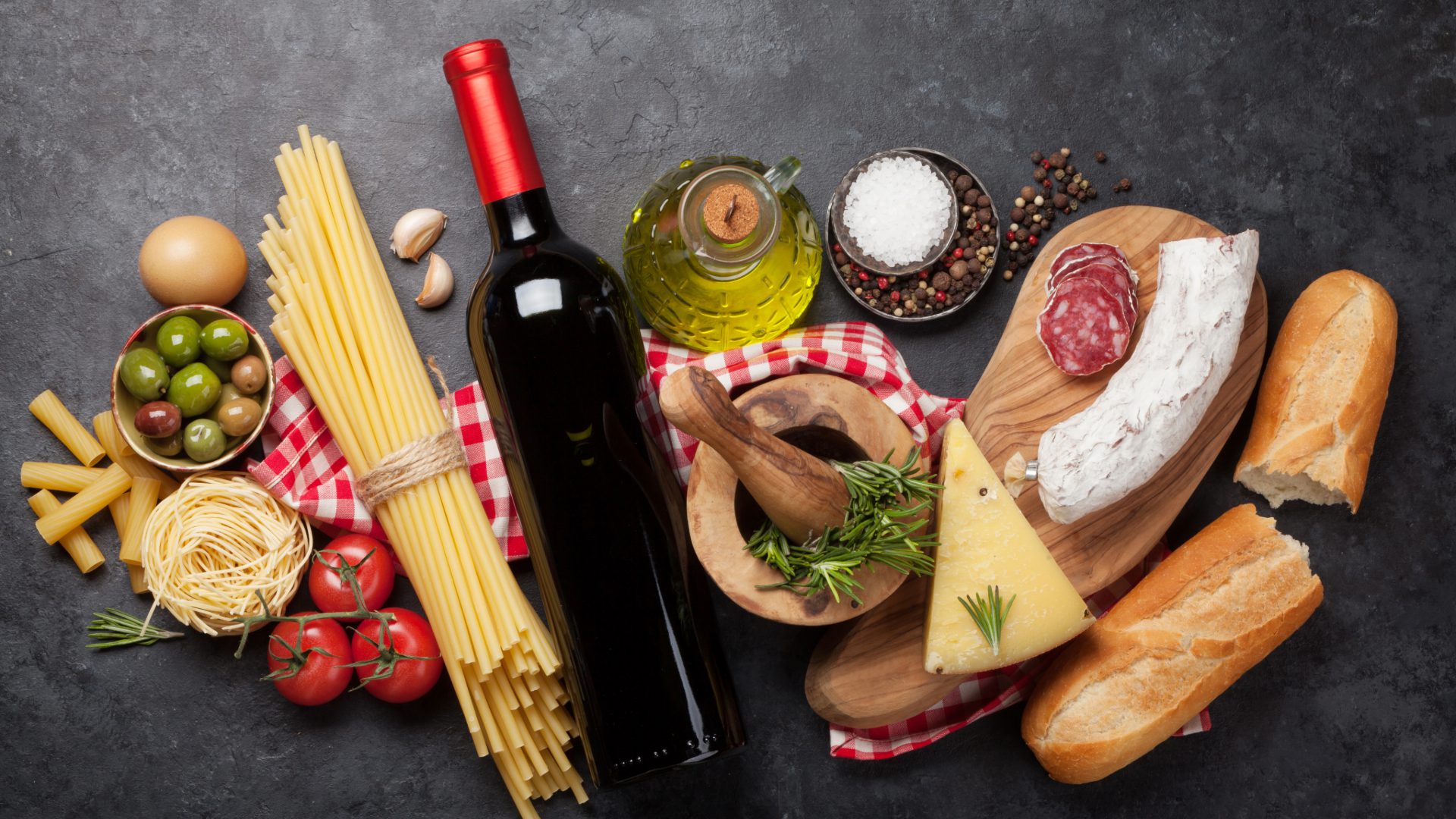Buon Appetito! Welcome to the Heart of Italian Cuisine
For over 40 years at Ferlito’s Italian Restaurant in Grosse Pointe Woods, we’ve served authentic Italian dishes made with love, tradition, and the finest ingredients. There’s nothing that brings people together quite like genuine Italian food – those perfect combinations of simple ingredients that somehow create magic on your plate.
Today, we’re taking you on a journey through the regions of Italy to discover the traditional recipes that have stood the test of time.
What makes Italian cuisine so beloved across the whole world?
It’s that perfect marriage of simplicity and flavor – where a few ingredients transform into something extraordinary. From the rolling hills of Tuscany to the coastal villages of Sicily, each region offers something special to the Italian culinary tradition.
So pull up a chair, pour yourself a glass of red wine, and join our famiglia as we explore the best traditional Italian dishes that have been warming hearts and filling bellies for generations.
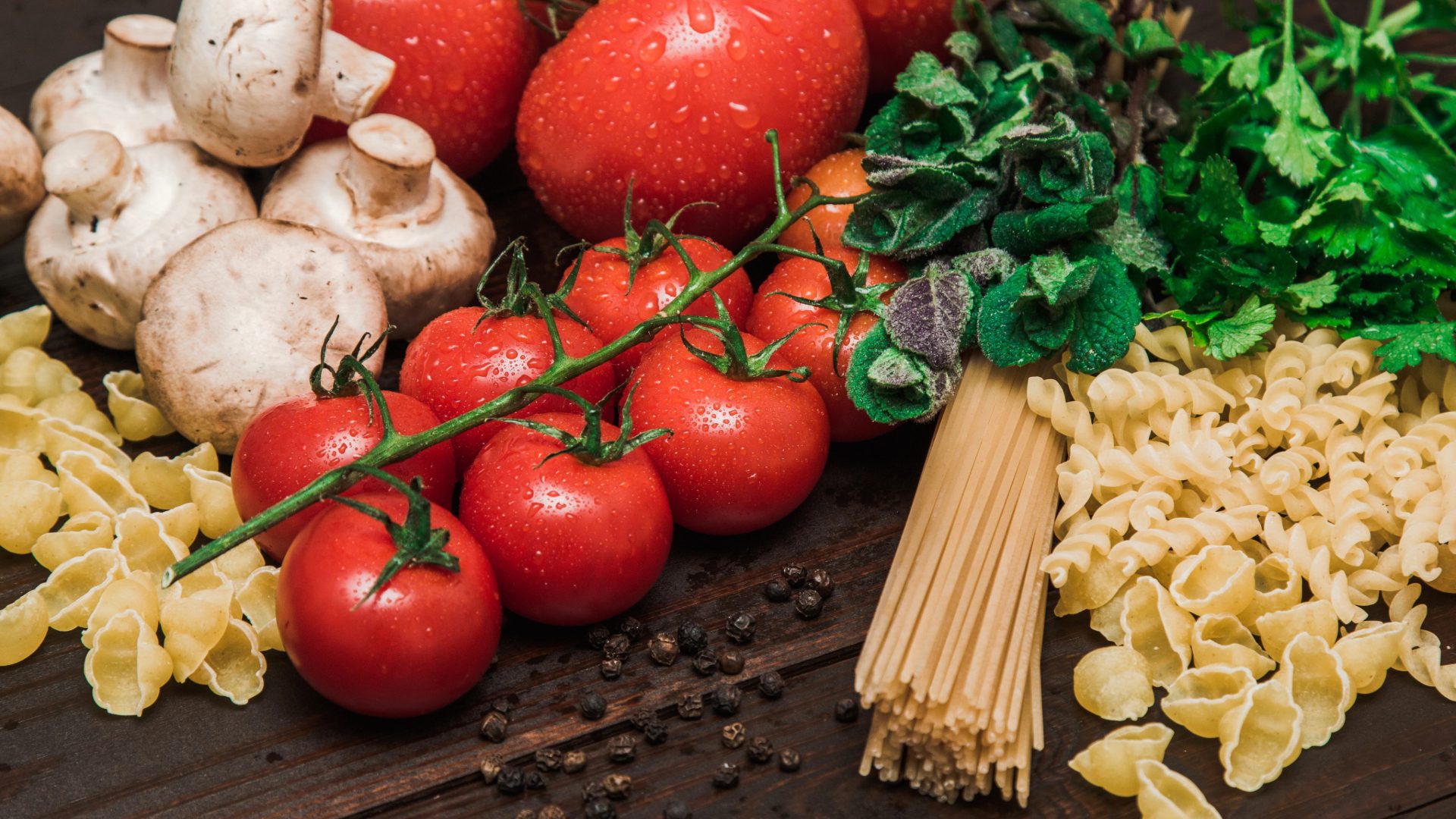
The Foundation of Italian Cooking: Quality Ingredients
Before we dive into specific dishes, let’s talk about what makes Italian cuisine so special: the ingredients.
In any Italian kitchen, you’ll find:
Extra Virgin Olive Oil: Liquid Gold
The backbone of Italian cooking isn’t just any olive oil – it’s extra virgin olive oil, cold-pressed from Italian olives. This “liquid gold” brings fruity, peppery notes that elevate everything it touches. A drizzle over finished dishes isn’t just garnish; it’s the final flourish that brings everything together.
At Ferlito’s, we select our olive oils with the same care nonna would, ensuring each bottle delivers that perfect taste of the Italian countryside. Whether it’s brightening a simple caprese salad or finishing a hearty osso buco, quality olive oil makes all the difference.
Tomatoes: The Heart of Italian Cooking
From rich tomato sauce to fresh tomatoes in a summer salad, these vibrant fruits are central to Italian cuisine. San Marzano tomatoes, grown in the volcanic soil near Mount Vesuvius, are prized for their sweet flavor and low acidity – perfect for slow-simmered pasta sauces that coat your pasta just right.
The humble tomato didn’t arrive in Italy until the 16th century from the Americas, but Italians embraced this ingredient so thoroughly it’s now impossible to imagine Italian food without it. From a simple marinara to a complex bolognese, tomatoes have found their spiritual home in Italian kitchens.
Cheese: From Mozzarella to Parmigiano Reggiano
Italy boasts over 450 varieties of cheese, each with its own story. Parmigiano Reggiano, aged for at least 24 months, brings nutty complexity to countless dishes. Fresh mozzarella, with its milky sweetness, stars in everything from pizza to caprese salad. Pecorino Romano offers a salty, sharp bite that stands up beautifully to black pepper in the classic cacio e pepe.
When you bite into that perfectly stretchy mozzarella on your pizza or watch parmesan cheese melt into your risotto, you’re experiencing centuries of cheese-making tradition.
Fresh Herbs: Nature’s Flavor Enhancers
Basil, oregano, rosemary, and more – fresh herbs are the soul of Italian cooking. There’s nothing like the aroma of fresh basil torn over a pizza fresh from the oven or rosemary infusing a slow-cooked lamb dish with its piney fragrance.
At Ferlito’s, we believe that the freshness you can taste makes all the difference between a good dish and an unforgettable one.
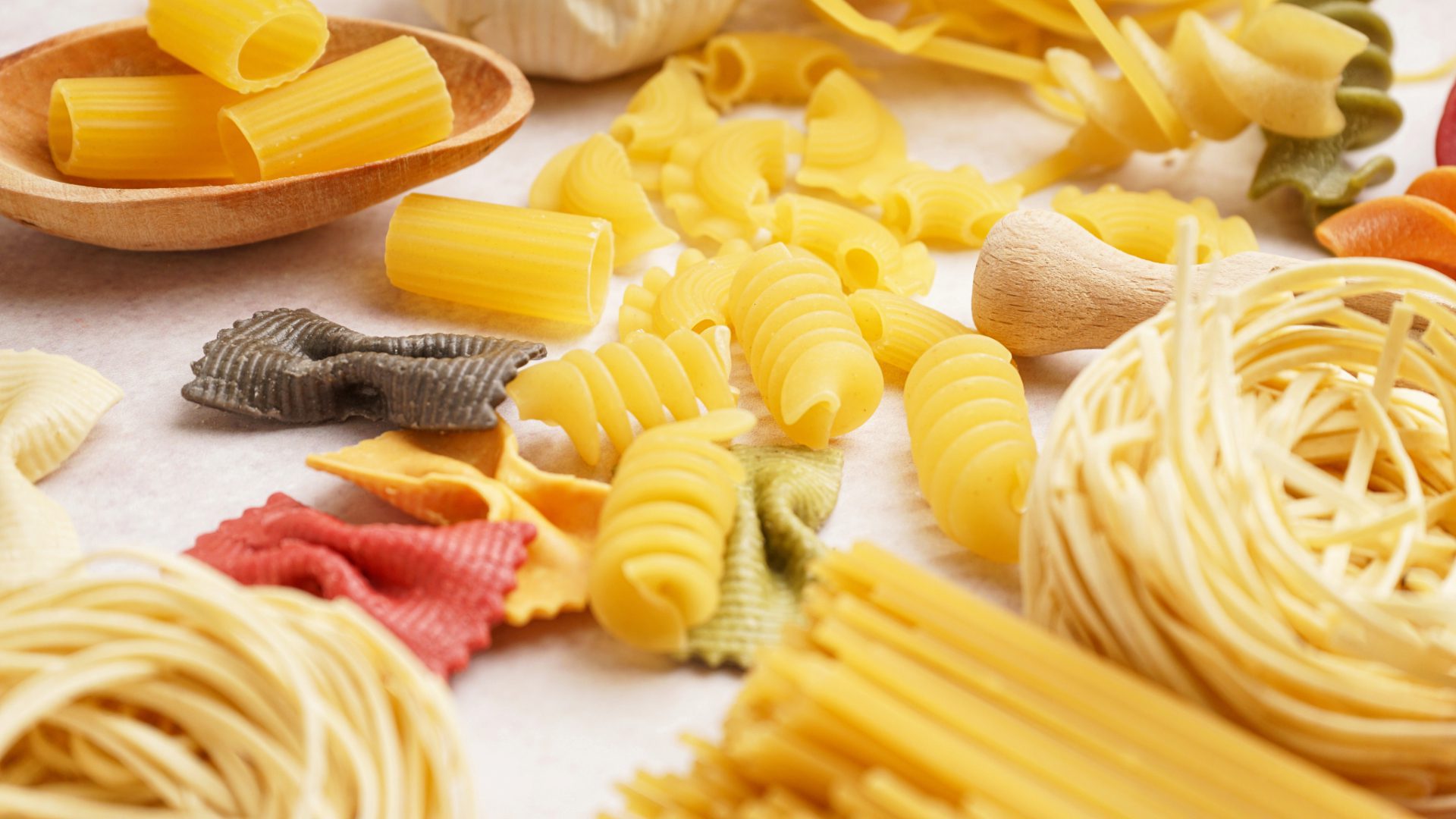
Pasta: Italy’s Greatest Gift to the World
If there’s one food most associated with Italian cuisine, it’s pasta. Those versatile strands, tubes, and shapes serve as the perfect canvas for countless flavors.
Let’s explore some of the most beloved traditional pasta dishes:
Spaghetti Bolognese: The Misunderstood Classic
Here’s a little secret – what Americans know as spaghetti bolognese isn’t quite what you’d find in Bologna! In Italy’s Emilia Romagna region, they serve ragù alla bolognese with tagliatelle, not spaghetti. This slow-cooked sauce combines ground beef, soffritto (sautéed carrots, celery, and onions), tomato paste, and often a splash of red wine for depth.
Simmered for hours until the meat is tender and the flavors have melded into something truly magical, a proper bolognese is comfort food at its finest. The wide, flat tagliatelle pasta catches the chunky sauce perfectly – though we won’t judge if you prefer it with spaghetti!
Pasta Carbonara: Silky Simplicity
With just a few ingredients – eggs, pecorino cheese, guanciale (pork jowl), and plenty of black pepper – carbonara transforms into a creamy, indulgent sauce without a drop of actual cream. A true Roman classic, carbonara’s origins are debated, with some linking it to coal workers (carbonai) who needed hearty, simple meals.
The magic happens when hot pasta meets raw egg, creating a silky sauce that clings to every strand.
And please – no cream or peas in authentic carbonara! Some culinary traditions are worth preserving exactly as they are!
Cacio e Pepe: Proof That Simplicity Reigns Supreme
Perhaps the simplest pasta of all is Cacio e Pepe – literally “cheese and pepper.” This Roman staple combines pasta water, Pecorino Romano, and abundant freshly ground black pepper into a sauce that’s greater than the sum of its parts.
The technique is everything here: the starchy pasta water emulsifies with the cheese to create a creamy coating for the pasta. It’s proof that when you start with quality ingredients, you don’t need many of them to create something extraordinary.
Pasta alla Norma: Sicily’s Eggplant Masterpiece
Named after Bellini’s opera “Norma,” this Sicilian specialty showcases the island’s abundant eggplants and tomatoes. Fried eggplant pieces are tossed with pasta in a garlicky tomato sauce, then topped with ricotta salata (a salty, aged ricotta cheese).
Each bite delivers the perfect balance of sweet tomatoes, tender eggplant, and that distinctive salty cheese – a true taste of Sicilian summers.
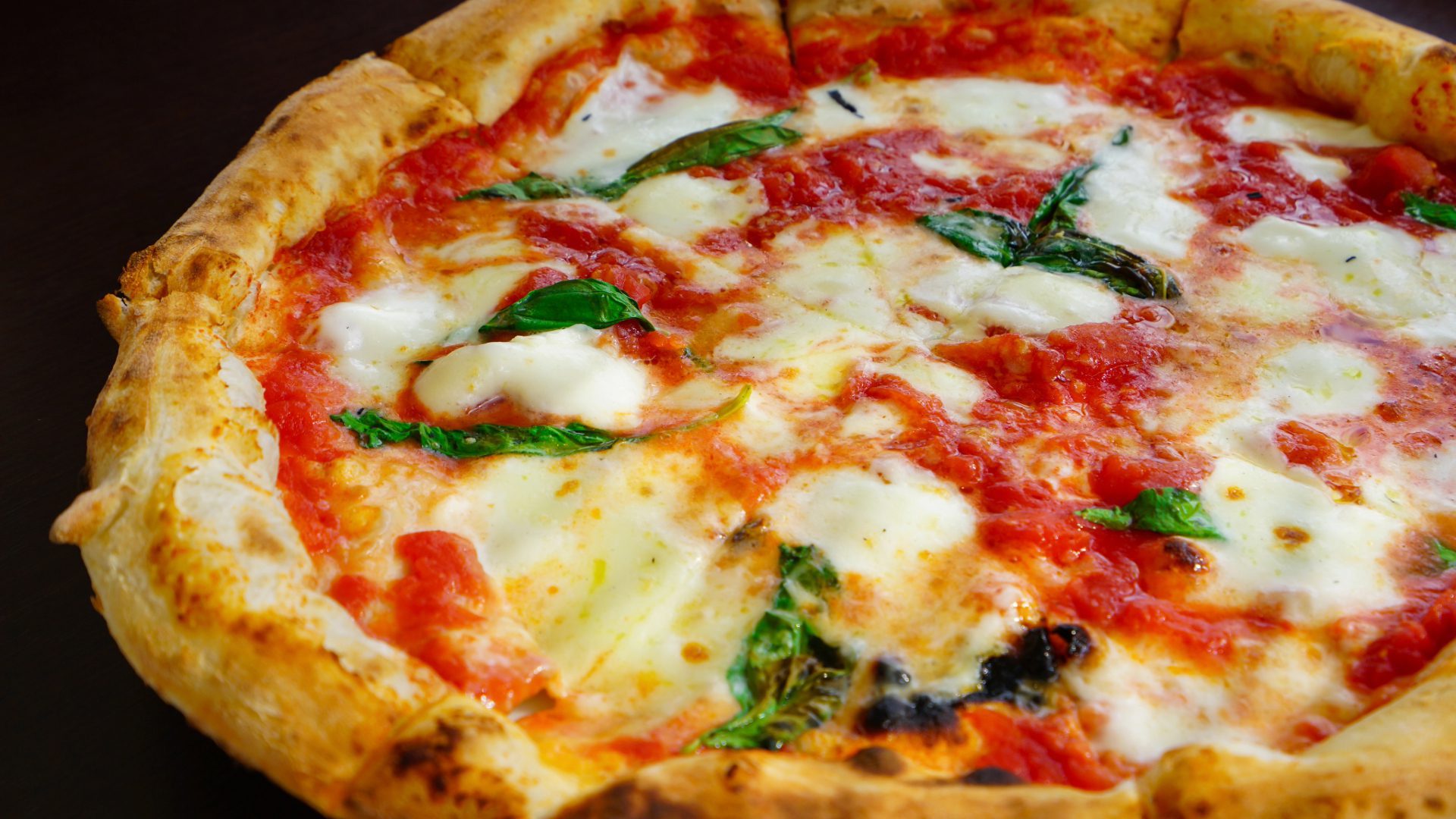
Pizza: From Humble Beginnings to Global Phenomenon
Pizza’s journey from street food for the poor to worldwide phenomenon is one of food history’s greatest success stories.
Let’s explore the classics of this beloved Italian creation:
Pizza Margherita: Fit for a Queen
The story goes that in 1889, pizzaiolo Raffaele Esposito created a special pizza for Queen Margherita of Savoy featuring tomatoes, mozzarella, and basil – representing the colors of the Italian flag.
Whether or not this origin story is entirely accurate, the Margherita remains the benchmark by which all pizzas are judged.
A perfect Margherita requires just a few ingredients: a thin crust with a puffy, charred cornicione (rim), San Marzano tomatoes, fresh mozzarella cheese (preferably buffalo milk), fresh basil, and a drizzle of olive oil. Simple, yet sublime.
Pizza Napoletana: The Protected Original
Traditional Neapolitan pizza is so important that it’s protected by the Associazione Verace Pizza Napoletana, which specifies everything from ingredients to technique. Authentic Napoletana features a soft, thin base with a puffy rim, cooked for 60-90 seconds in a scorching wood-fired oven (around 900°F).
The intense heat creates that characteristic leopard spotting – charred bubbles on the crust that deliver smoky flavor and incredible texture. At Ferlito’s, our stone-lined oven helps us achieve that perfect Napoletana-style crust.
Pizza al Taglio: Rome’s Street Food Sensation
While Naples has its round pizzas, Rome offers pizza al taglio – “pizza by the cut.” Baked in large rectangular pans and sold by weight, this style features a slightly thicker, airy crust that supports a variety of toppings.
Whether topped with simple potato and rosemary or loaded with seasonal vegetables, pizza al taglio represents casual Italian dining at its best – unpretentious, delicious, and perfect for eating on the go.
A Word About Pineapple Pizza
We know it’s controversial, but let’s address the elephant in the room: pineapple pizza.
While this Hawaiian creation would make most Italian nonnas faint, at Ferlito’s we believe food should bring joy, not judgment.
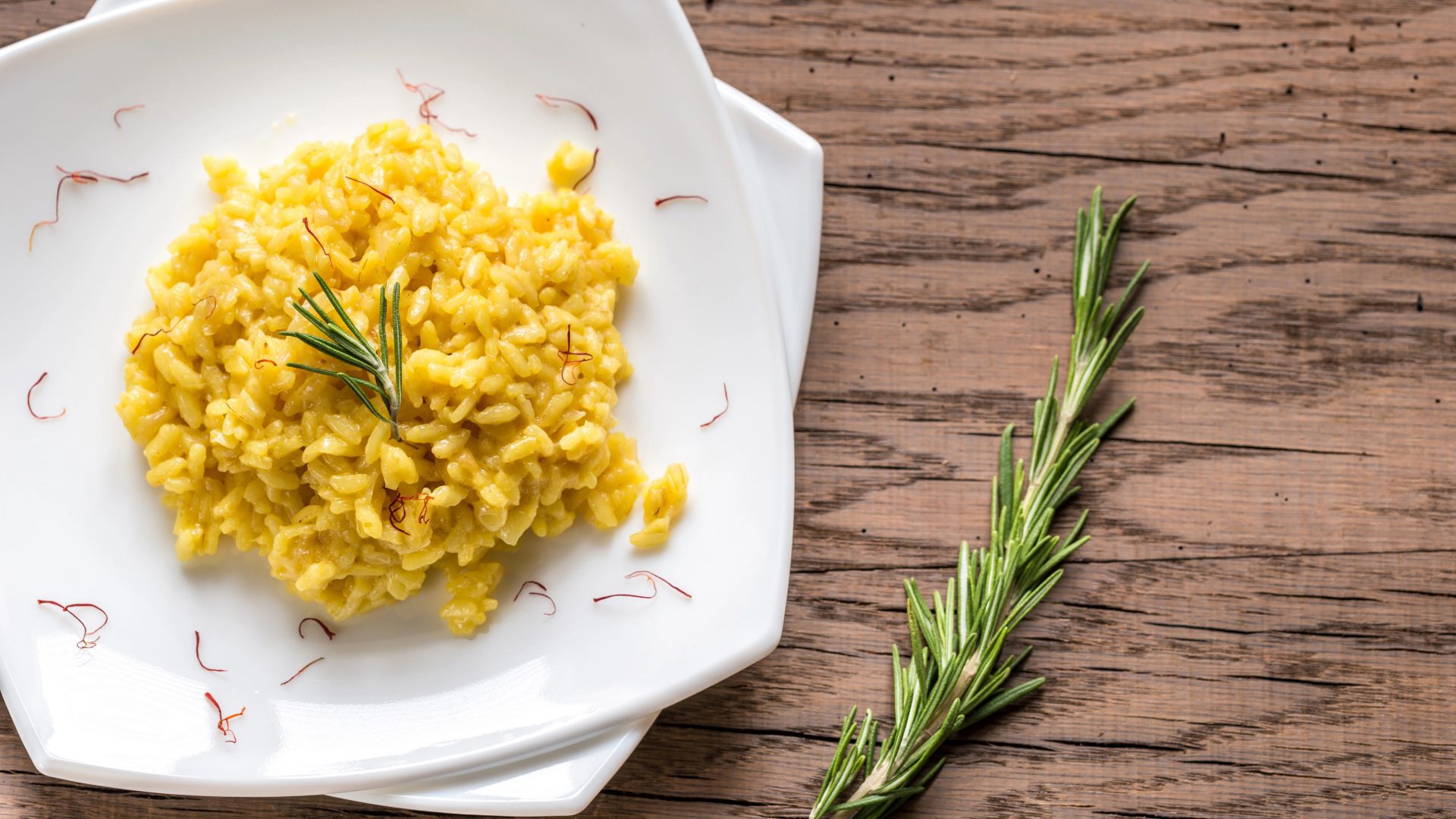
Risotto: Northern Italy’s Creamy Rice Masterpiece
From the northern regions of Italy comes risotto – a luxurious, creamy rice dish that showcases Italian patience and technique. The slow addition of hot broth to Arborio rice, while constantly stirring, releases the starch, creating that signature texture that’s both creamy and al dente.
Risotto alla Milanese: Liquid Gold in a Bowl
Hailing from Milan, this saffron-infused risotto glows with a golden hue that rivals the city’s Duomo cathedral at sunset. Originally created to accompany Milan’s famous osso buco, this risotto features the world’s most expensive spice: saffron.
Legend says it was first created by a glassmaker’s apprentice who added saffron (used for coloring glass) to rice at a wedding feast. The luminous yellow dish became an instant success and has remained a symbol of Lombardy’s cuisine ever since. (Don’t worry, we know this isn’t accurate!)
Risotto ai Funghi: A Taste of the Forest
When autumn arrives and wild mushrooms appear in markets across northern Italy, risotto ai funghi becomes the star of restaurant menus. Featuring porcini, chanterelles, or whatever local fungi are available, this earthy, aromatic risotto captures the essence of Italian woodland.
The secret is using dried porcini soaking liquid as part of the cooking broth, intensifying the mushroom flavor throughout every grain of rice. Finished with a shower of parmesan cheese and perhaps a drizzle of truffle oil for special occasions, it’s Italian comfort food at its finest.
Mastering Risotto: Patience is a Virtue
Making perfect risotto is all about technique and patience. The gradual addition of hot broth and constant stirring may seem labor-intensive, but this process creates a distinctive creamy texture while maintaining each grain’s integrity.
At Ferlito’s, we believe some traditions are worth the extra effort. Our risottos are never rushed because some things just can’t be hurried.
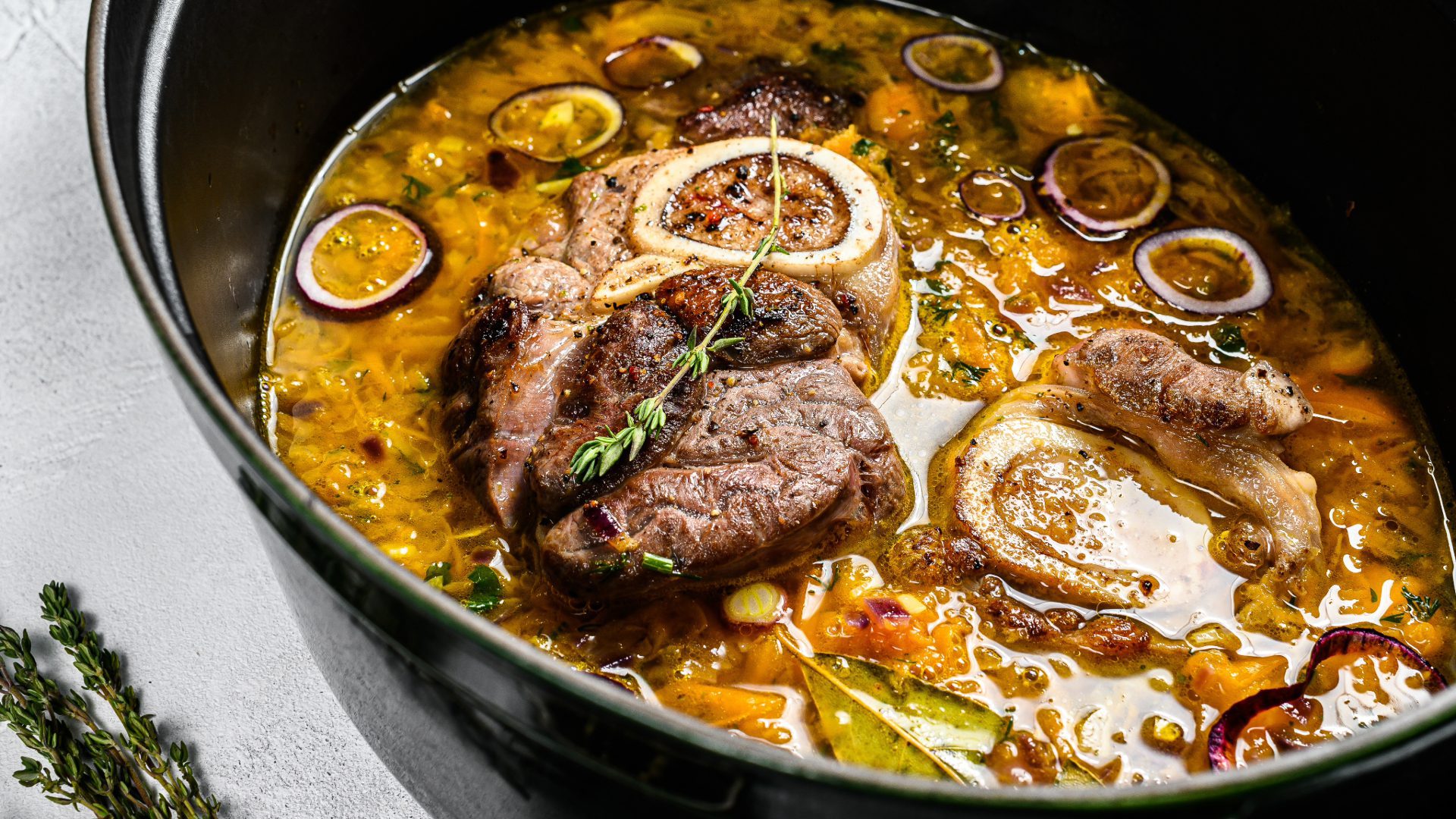
Main Courses: From Land and Sea
While pasta and pizza might get the most attention, Italy’s main dishes showcase the country’s diverse landscape and ingenuity in transforming simple ingredients into something spectacular.
Osso Buco: Milan’s Melt-in-Your-Mouth Masterpiece
From the Lombardy region comes one of Italy’s most luxurious comfort foods: osso buco. Veal shanks are braised slowly with vegetables, white wine, and broth until the meat is fall-off-the-bone tender. The name literally means “bone with a hole,” referring to the marrow-filled bone in the center – considered the dish’s most prized bite.
Traditionally served with risotto alla Milanese and topped with gremolata (a fresh mix of parsley, lemon zest, and garlic), osso buco exemplifies slow cooking at its finest. It’s the perfect, fork-tender consistency that makes this dish so beloved.
Bistecca alla Fiorentina: Tuscany’s Monumental Steak
In Florence, steak isn’t just dinner – it’s a cultural institution. Florentine steak comes (mostly) from Chianina cattle, one of the oldest breeds in the world. Cut thick (about “three fingers wide”) and including both the sirloin and tenderloin separated by a T-shaped bone, this massive steak is grilled over wood or charcoal to rare or medium-rare perfection.
Seasoned simply with salt, pepper, and perhaps a drizzle of Tuscan olive oil, Bistecca alla Fiorentina lets the quality of the meat speak for itself. It represents the Tuscan philosophy of high-quality ingredients prepared simply but perfectly.
Saltimbocca alla Romana: “Jump in the Mouth” Deliciousness
With a name that means “jump in the mouth” due to its irresistible flavor, saltimbocca combines thin slices of veal, prosciutto, and sage leaves, secured with toothpicks and sautéed in butter and white wine.
The combination is magic – tender veal, salty prosciutto, and aromatic sage creating a harmony of flavors. It’s proof that Italian cuisine excels not just in slow-cooked dishes but also in quick-cooking techniques that preserve the integrity of each ingredient.
Seafood: The Bounty of Italy’s Coastline
With its long Mediterranean coastline, Italy boasts incredible seafood traditions. From Sicily’s swordfish alla ghiotta (with tomatoes, capers, and olives) to Liguria’s cappon magro (an elaborate seafood salad), coastal Italian cuisine celebrates the freshness of the sea.
One standout is Acqua Pazza (crazy water) – fish poached in a light broth of tomatoes, garlic, herbs, and white wine. Legend says fishermen would cook their catch in seawater, hence the name. Today, it represents the best of simple Italian seafood cookery – letting the fresh flavors of the sea shine through.
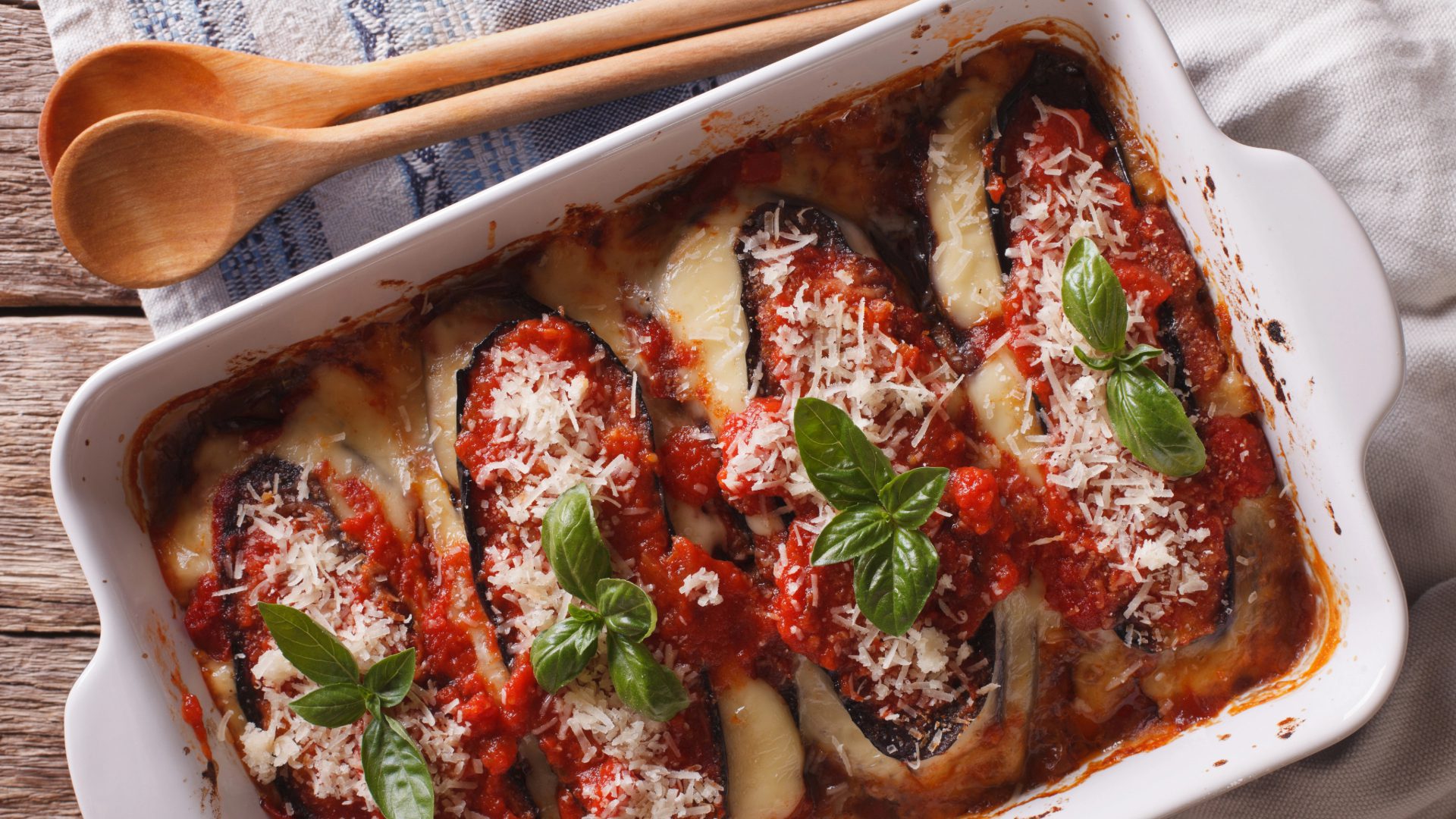
Contorni: Vegetables Italian Style
In Italian dining, vegetables aren’t an afterthought – they’re celebrated in traditional dishes that could easily steal the spotlight from the main course.
Caponata: Sicily’s Sweet and Sour Eggplant
This Sicilian eggplant dish showcases the island’s Arab influences with its sweet and sour profile. Eggplant is fried until golden, then simmered with celery, olives, capers, and tomatoes in an agrodolce sauce (sweet and sour).
Served at room temperature, caponata makes a perfect antipasto, side dish, or even a topping for crusty bread. Each family has their recipe, with variations including pine kernels, raisins, or bell peppers.
Parmigiana di Melanzane: Eggplant Perfection
While many associate eggplant parmesan with Italian-American cuisine, its roots lie in southern Italy, particularly Naples and Sicily. Sliced eggplant is fried, then layered with tomato sauce, mozzarella, and parmesan cheese before being baked until bubbly and golden.
The result is a study in contrasts – creamy eggplant, tangy tomato sauce, and melted cheese creating a dish substantial enough to serve as a main course. At Ferlito’s, we never cut corners on this beloved classic recipe.
Carciofi alla Romana: Roman-Style Artichokes
In Rome, spring means artichoke season, and Carciofi alla Romana appears on every menu. Artichokes are trimmed, hollowed out, and stuffed with a mixture of garlic, mentuccia (Roman mint), parsley, and breadcrumbs, then braised in olive oil and water until meltingly tender.
This dish exemplifies Roman cuisine’s knack for transforming humble vegetables into something extraordinary through simple but precise techniques.

Dolci: Sweet Endings to the Italian Meal
No exploration of the best traditional Italian dishes would be complete without mentioning desserts. Italian sweets tend to be less overtly sugary than their American counterparts, allowing quality ingredients to shine.
Tiramisu: The Modern Classic
Though relatively recent by Italian standards (often attributed to being created in the 1960s in Veneto), tiramisu has become one of Italy’s most recognized desserts. Layers of savoiardi (ladyfinger cookies) soaked in espresso and rum or marsala, alternating with mascarpone cream and dusted with cocoa powder, create a dessert that’s simultaneously light and indulgent.
The name means “pick me up,” referring to the energizing effects of coffee and sugar.
Cannoli: Sicily’s Gift to Dessert Lovers
These crispy tubes filled with sweetened ricotta cheese originated in Sicily during the Arab occupation. Traditional cannoli feature sheeps’ milk ricotta, candied fruits, and sometimes pistachios or chocolate chips, with a dusting of powdered sugar.
The contrast between the crisp shell and creamy filling makes cannoli irresistible. The saying “leave the gun, take the cannoli” from The Godfather speaks to their importance in Italian-American culture!
Panna Cotta: Elegant Simplicity
From Piedmont in northern Italy comes panna cotta – literally “cooked cream.” This silky dessert is made by simmering cream with sugar and vanilla, then setting it with just a bit of gelatin for a texture that’s firm yet trembles with the lightest touch of a spoon.
Often served with fresh berries, caramel, or a fruit coulis, panna cotta embodies the Italian approach to dessert – simple, elegant, and highlighting the natural flavor of cream rather than overwhelming sweetness.
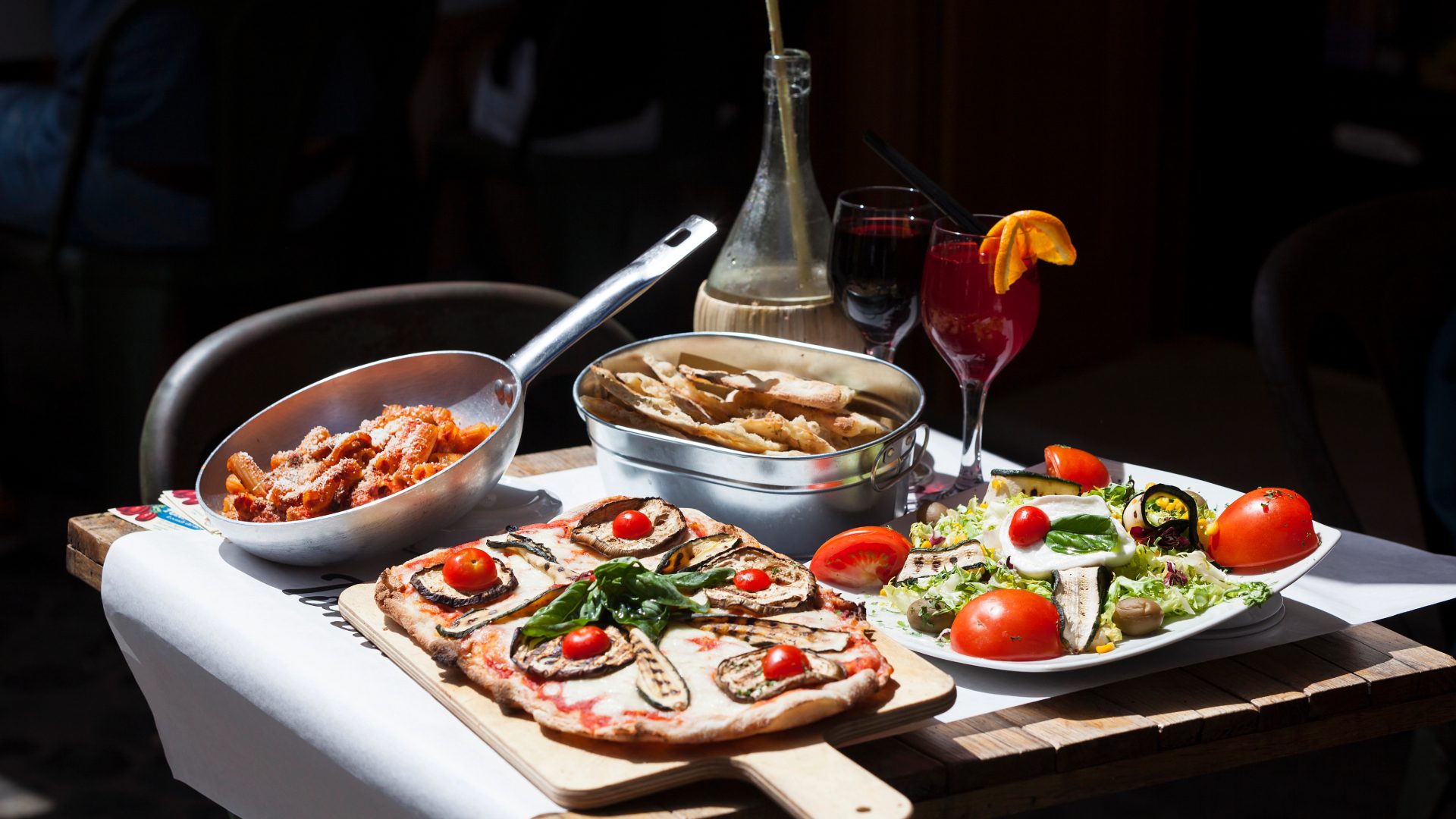
The Italian Dining Experience: More Than Just Food
Understanding Italian cuisine means recognizing that it’s about more than just the food on your plate – it’s about the entire experience of dining.
The Structure of the Italian Meal
A traditional Italian meal follows a specific structure:
- Antipasti: Small bites to stimulate the appetite
- Primi: First courses, typically pasta, risotto, or soup
- Secondi: Main courses, usually meat or fish
- Contorni: Side dishes, often vegetables
- Dolci: Desserts
- Caffè: Espresso to finish the meal
While modern dining has become more casual, this structure reflects the Italian appreciation for pacing, variety, and the social aspects of eating.
The Role of Family and Tradition
In Italy, food is inseparable from family. Recipes passed down through generations preserve not just flavors but stories and heritage. Sunday lunches that stretch for hours allow families to reconnect over shared dishes and conversation.
At Ferlito’s, we’ve been bringing this sense of family to Grosse Pointe Woods for over 40 years. When you dine with us, you’re not just a customer – you’re part of our extended famiglia, sharing in traditions that span oceans and generations.
Regional Diversity: The True Strength of Italian Cuisine
Italy wasn’t unified as a country until 1861, and this late unification helped preserve distinct regional cooking traditions. From the butter-based sauces of the north to the olive oil-centric dishes of the south, from Alpine influences near Switzerland to Arab-influenced cuisine in Sicily, Italy contains multitudes.
Rather than considering Italian food as a monolith, understanding these regional differences deepens appreciation for the country’s culinary heritage. Each region offers its own approach to pasta, its own signature dishes, and its own interpretation of shared ingredients.

Common Myths About Italian Cuisine
As passionate advocates for authentic Italian cooking, we feel obligated to clear up a few misconceptions:
Garlic Bread Isn’t Italian
While you’ll find bruschetta throughout Italy – grilled bread rubbed with garlic and topped with good olive oil – the garlic bread served in many American Italian restaurants doesn’t exist in Italy. Similarly, “Italian dressing” is an American creation.
Chicken Doesn’t Belong on Pasta
In Italy, chicken is almost never served with pasta. Traditionally, pasta is a first course (primi piatti), and chicken would be served separately as a second course (secondi piatti).
Authentic Italian Food Is Anything Other Than Simple
Perhaps the biggest misconception is that Italian cooking requires complex techniques or dozens of ingredients. In reality, the best traditional Italian dishes rely on a few high-quality ingredients prepared with care and attention. Italian recipes are about knowing when to stop adding and letting the natural flavors speak for themselves.

Bringing Italy Home: Tips for Authentic Italian Cooking
Want to recreate the magic of Italian cuisine in your own kitchen? Here are our top tips:
Invest in Quality Ingredients
There’s no substitute for good olive oil, properly aged cheeses, and fresh produce. When recipes have just a few ingredients, each one needs to pull its weight in the flavor department.
Respect Seasonality
Traditional Italian cooking follows the rhythm of the seasons. Tomatoes in summer, wild mushrooms in fall, hearty braises in winter – letting nature dictate your menu ensures you’re cooking with ingredients at their peak.
Master a Few Techniques
Learning to make a proper soffritto (sautéed onions, carrots, and celery), cook pasta al dente, or execute a simple pan sauce will take your Italian cooking to new heights. The technique often matters more than complex recipes.
Don’t Overcomplicate
If there’s one lesson to take from Italian cuisine, it’s knowing when to stop. Extra ingredients don’t always mean extra flavor – sometimes, they just muddy the waters of a perfectly balanced dish.

A Lifelong Journey Through Italian Flavors
The beauty of Italian cuisine lies in its endless regional variations and the stories behind each dish. Every family has their own version of ragù, their own technique for making gnocchi, their own secret ingredient in tiramisu. This diversity ensures that exploring Italian food can be a lifelong journey of discovery.
Whether you’re enjoying a meal at Ferlito’s, traveling through Italy, or cooking in your own kitchen, approaching Italian food with respect for tradition and an appreciation for quality ingredients will reward you with some of life’s most satisfying culinary experiences.
As we say in Italy, “A tavola non si invecchia” – at the table, one does not grow old. There’s wisdom in these words, reminding us that time spent sharing good food with loved ones is never wasted.
So gather your family, open a bottle of wine, and celebrate the joy of Italian cooking. From all of us at Ferlito’s to your family – buon appetite!

Experience Authentic Italian Cuisine at Ferlito’s
For over four decades, Ferlito’s has been bringing the best traditional Italian dishes to Grosse Pointe Woods. Our dedication to authentic recipes, handmade pasta, and the finest ingredients ensures that each visit feels like a journey to Italy itself.
From our hearty lasagna to our perfectly crafted risotto, from our wood-fired pizzas to our housemade desserts, we pour our hearts into every dish. When you dine with us, you’re not just a customer – you’re family.
Join us and discover why generations of Detroit families have made Ferlito’s their destination for authentic Italian cuisine.
We can’t wait to welcome you to our table.
Contact us with any questions or reservations!

